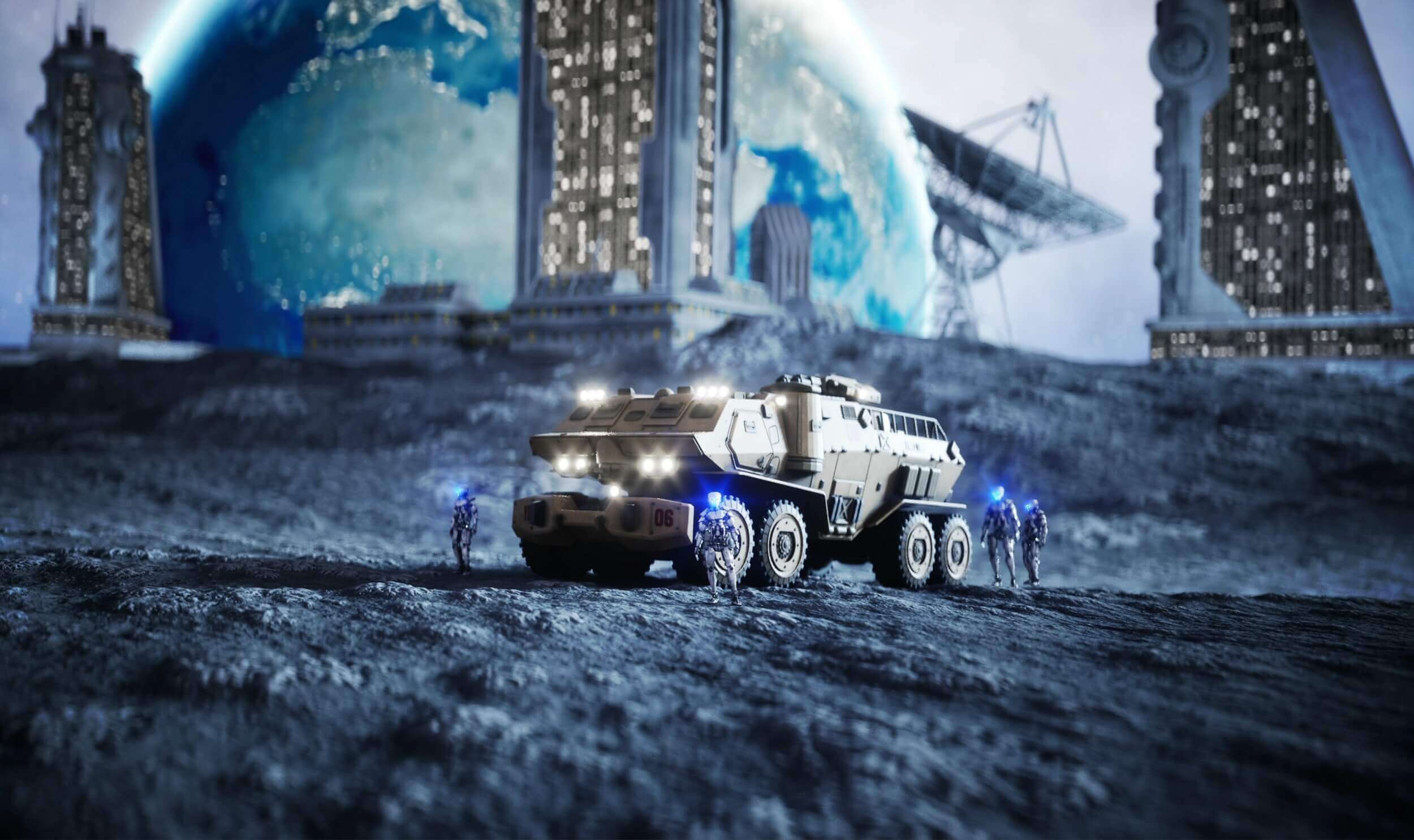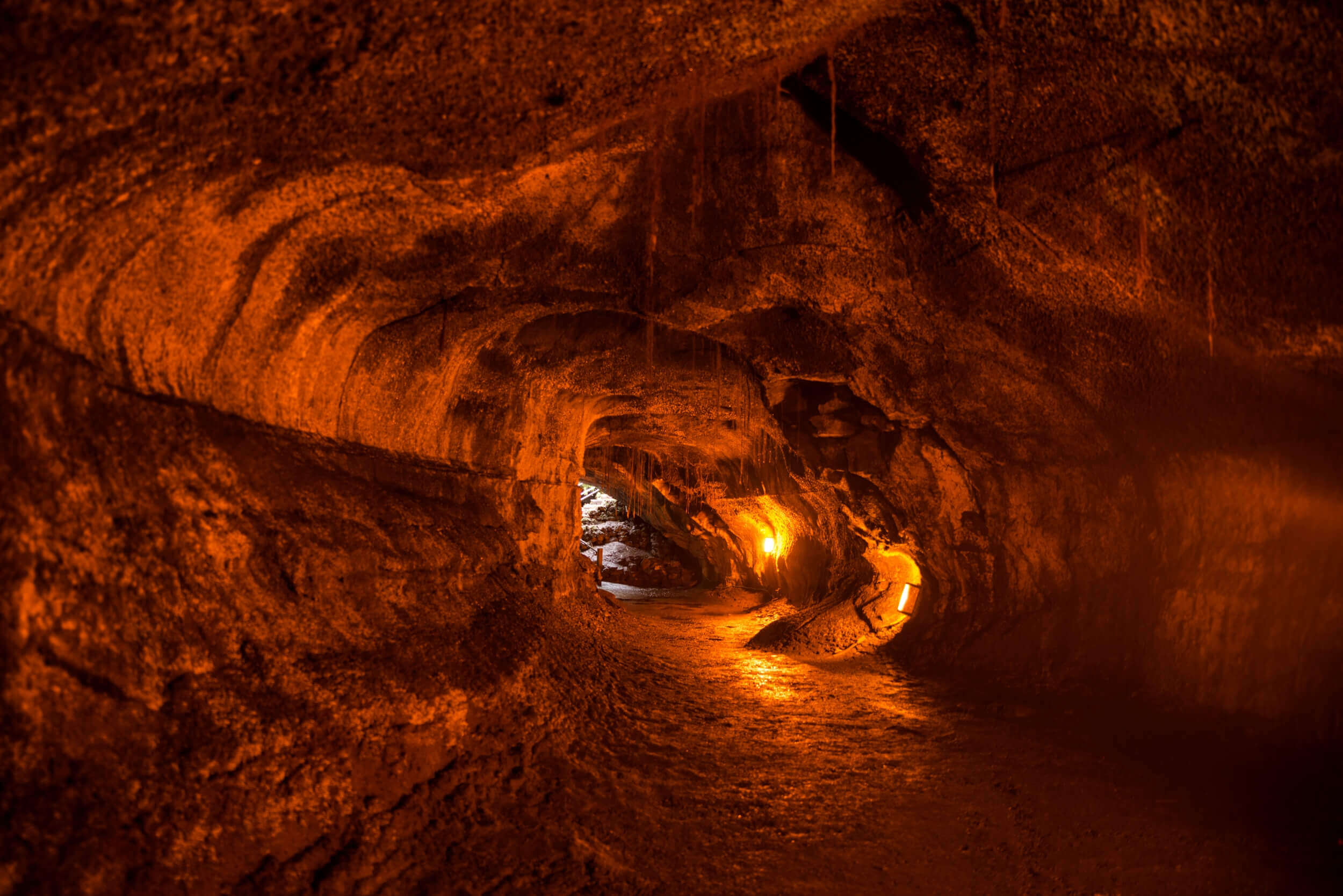Editor's take: Future astronauts could one day utilize natural structures already in place on the Moon and Mars as the foundation for human colonies. Not having to build above-ground bases would save massive amounts of money and could expedite the colonization of these bodies by many years.
Researchers from the University of Bologna in collaboration with those from the University of Padua have compared lava tubes here on Earth with counterparts on the Moon and Mars. The cave-like structures, also called pyroducts, are a natural conduit created by the flow of lava from a volcano.
Based on what we have been able to observe through satellite imagery and interplanetary probes (we don't have direct information yet), the researchers believe these channels could be ideal candidates for underground bases.

For starters, they're massive. It is believed that some Martian tubes are 100 times wider than those on Earth, which typically have a diameter of 30 to 100 feet. Examples on the Moon, meanwhile, could be up to 1,000 times wider than local variants, with some stretching on for up to 25 miles in length.
Furthermore, the tubes could shield inhabitants from cosmic and solar radiation, help regulate temperature swings between day and night, and even protect people from micrometeorite impacts that are common on such bodies.
Image credit: Alexander Demyanenko, Pavel Chagochkin
